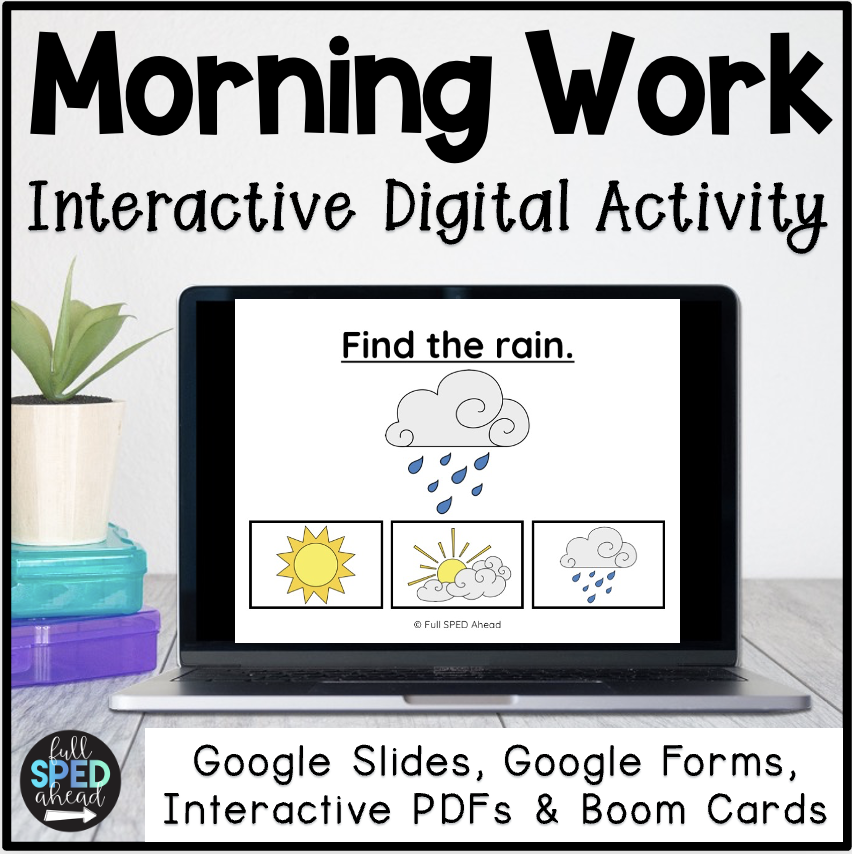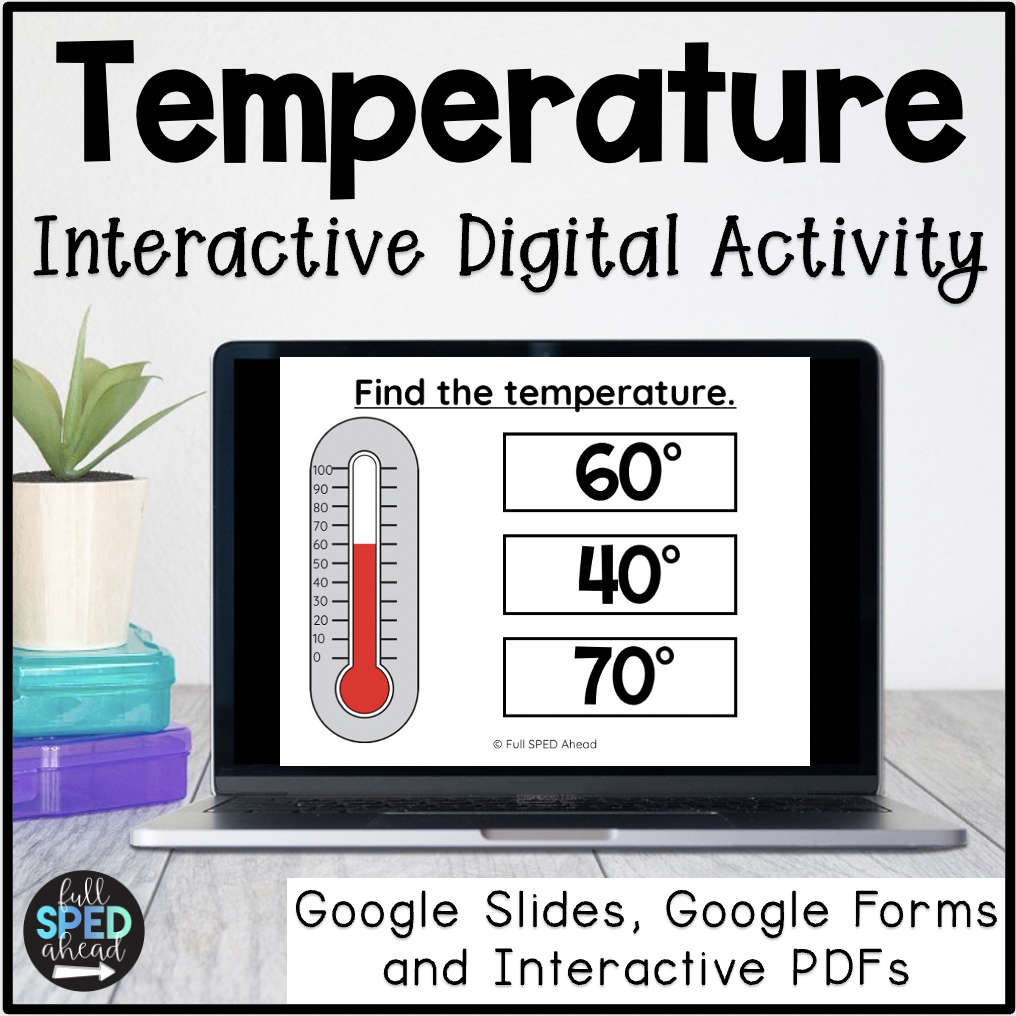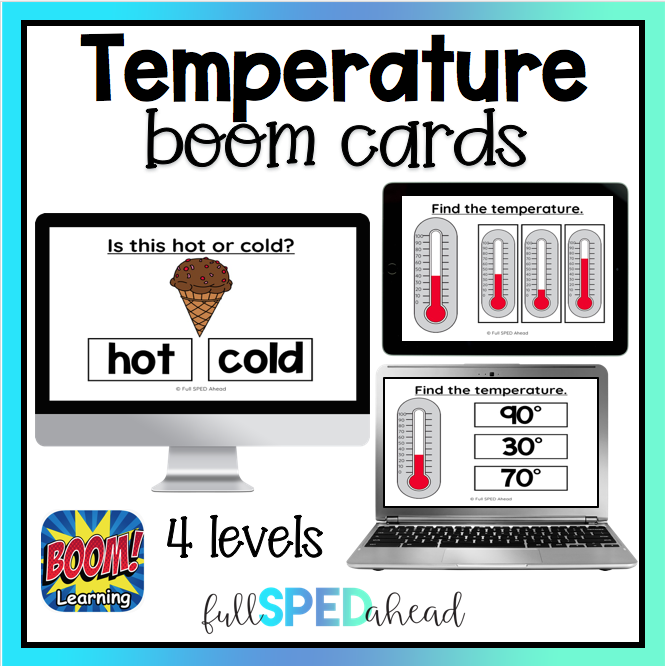Whether you call it circle time, homeroom or morning meeting, you should have a collaborative morning time. I know many of the younger grades call it circle time or morning meeting. In the middle school level, I call it homeroom. This is a time where students can talk and collaborate with one another.
Typically in circle time, we go over the schedule, calendar and weather. We also take attendance together! We check in with every student about how they’re doing and how their night was.
This is a time that is more casual for the students to share anything that’s on their mind and communicate with their peers. Sometimes our class takes 10 minutes, other times it takes 45 minutes. It depends on how much our students have to say during circle time.
This circle time lesson can get boring for our students. If you’re feeling your morning circle time routine needs a little update, I have the best resources for you! I have created a bundle that includes Interactive PDFs, Boom Cards, Google Slides and Google Forms. This set includes Days of the Week, Months of the Year, and Weather – all to be addressed in circle time.

If you also want an extension activity for your students to work on using a thermometer and telling the temperature, this is a great activity to add to your circle time!
Circle time is a valuable opportunity for special education teachers to engage their students in meaningful learning experiences, and one essential skill that can be incorporated is calendar skills. Calendar skills not only help students understand the concept of time but also support their cognitive, language, and social development. By integrating calendar activities into circle time, teachers can create a structured and interactive learning environment that promotes engagement and participation.
During circle time, teachers can introduce the calendar and its components, such as the days of the week, months of the year, and the concept of dates. They can start by reviewing the current day, month, and year, allowing students to practice identifying and sequencing these elements. This helps students develop a sense of time and improves their understanding of the calendar’s organization.

You can also grab this Boom Card set from Boom Learning™ – works on the same skills!
Teachers can then incorporate interactive activities that reinforce calendar skills. For example, they can use a large calendar display and invite students to take turns identifying the day, month, or date using visual cues or picture symbols. They can also engage students in discussions about upcoming events, holidays, or special occasions, encouraging them to make connections between the calendar and real-life experiences.
Additionally, teachers can incorporate hands-on activities to enhance calendar skills during circle time. They can provide students with individual calendars or personal schedules that they can interact with, allowing them to practice daily routines, mark important events, or track their progress. This provides students with a tangible and visual representation of time, promoting their understanding and independence.
Furthermore, calendar skills can be integrated with other learning areas during circle time. For example, teachers can use calendar activities to reinforce concepts of counting, patterns, and even weather observation. By linking calendar skills to different academic and functional domains, teachers create a holistic learning experience that supports multiple areas of development just because of circle time.

It’s important for teachers to differentiate instruction and accommodate individual student needs during calendar activities. They can provide visual supports, use simplified language, and offer repetition and reinforcement to ensure all students can actively participate and grasp the concepts being taught.
In conclusion, calendar skills during circle time provide valuable learning opportunities for special education students. By incorporating calendar activities, teachers promote the understanding of time, enhance cognitive and language development, and foster social interactions. Through interactive discussions, hands-on activities, and visual supports, students can actively engage with the calendar, reinforcing their understanding of dates, days, months, and important events. By integrating calendar skills into circle time, teachers create a structured and inclusive learning environment that supports students’ overall growth and learning.
Read more about Morning Routines that support our students!
What are you looking for?
COPYRIGHT © 2025 Full SPED Ahead